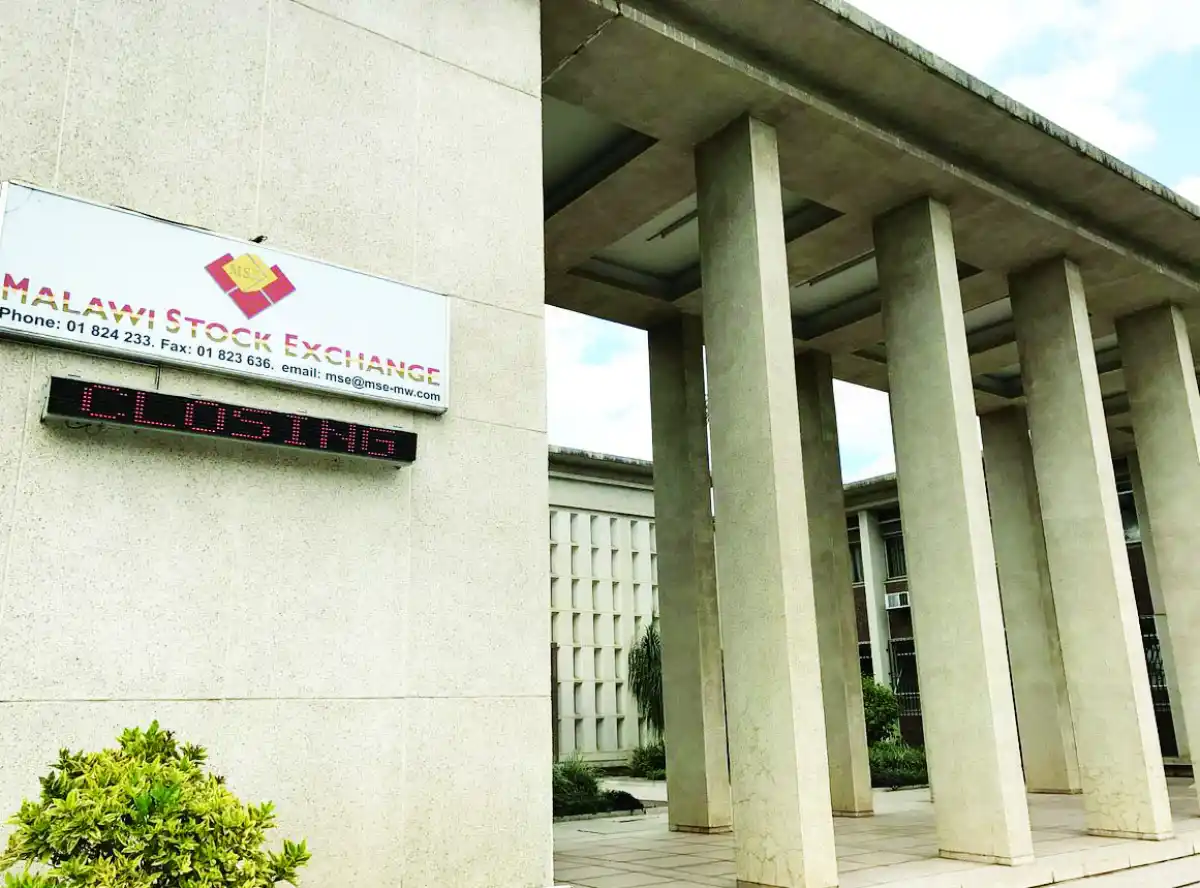
By Benadetta Chiwanda Mia:
The proportion of non-performing loans (NPLs) in total loans continues to rise, with the World Bank highlighting the need to strengthen credit risk management amid challenging economic conditions.
In its latest Malawi Economic Monitor (MEM) titled “the Rising Cost of Inaction,” the World Bank reveals that the NPL ratio in Malawi’s banking sector increased from 6.7 percent in October 2023 to nine percent in October 2024, surpassing the regulatory threshold of 5 percent for over a year.
“Banks will need to enhance their credit risk management frameworks amid an environment characterized by high interest rates and economic strain,” the report reads.
The World Bank further notes that, despite an increased demand for loans, banks have enforced stringent credit standards due to rising default rates, regulatory demands, and concerns over asset quality.
However, the report warns that continued adverse macroeconomic conditions may lead to further tightening of credit standards, potentially increasing NPLs.
Conversely, the report highlights that improved governance has fostered growth in savings and credit cooperatives and microfinance institutions.
“Driven by rising interest income, this subsector’s profits rose from K4.7 billion in 2023 to K7.3 billion in June 2024, marking a 55.3 percent increase. As of June 2024, the capital adequacy ratio stood at 30.5 percent, well above the 10 percent regulatory minimum. Savings and credit cooperatives maintained satisfactory asset quality, with an NPL ratio of 3.8 percent, below the 5.0 percent regulatory benchmark,” the report reads.
Bankers Association of Malawi (Bam) Chief Executive Officer Lyness Nkungula said the banking sector is proactively implementing strategies to manage rising non-performing loans.
“These strategies involve refining credit assessment processes, strengthening loan monitoring systems, and diversifying loan portfolios to mitigate risks. Additionally, banks are working closely with borrowers to provide support and guidance, helping them meet their loan obligations during tough economic times,” Nkungula said.
However, she cautioned that expected challenging macroeconomic conditions are likely to influence lending practices, prompting banks to adopt a more cautious approach to their lending decisions.
“In response, banks are implementing comprehensive loan restructuring programs and offering customized repayment plans for distressed borrowers, while enhancing their risk management frameworks,” she said.

Economic expert Marvin Banda said the NPLs are indicative of the economic challenges faced by both consumers and businesses.
“The effects of currency realignment and subsequent sectoral shocks to fuel, forex, and farm inputs have driven both consumers and business owners to seek support from banks and alternative sources outside the official banking sector,” Banda said.
He warned that persistent NPLs could diminish banks’ risk appetite, favoring public sector lending.
“The balance is expected to shift toward government lending at the expense of private sector players, who continue to face challenges from rising input cost and inflationary pressures that erode consumer purchasing power and real income,” He said.
To mitigate NPL risks, Banda suggested that banks should intensify their scrutiny and selectivity in lending, maintaining vigilance over customer profiles.
According to the Reserve Bank of Malawi’’s 2024 Bank Lending Survey, loan demand increased among households and firms of all sizes in the first half of 2024.
This surge was attributed to improved borrower quality and deteriorating economic conditions, as firms needed more credit to sustain operations and households sought loans to cope with rising costs.
Nkungula- banking sector implementing risk management strategies.








0 Comments